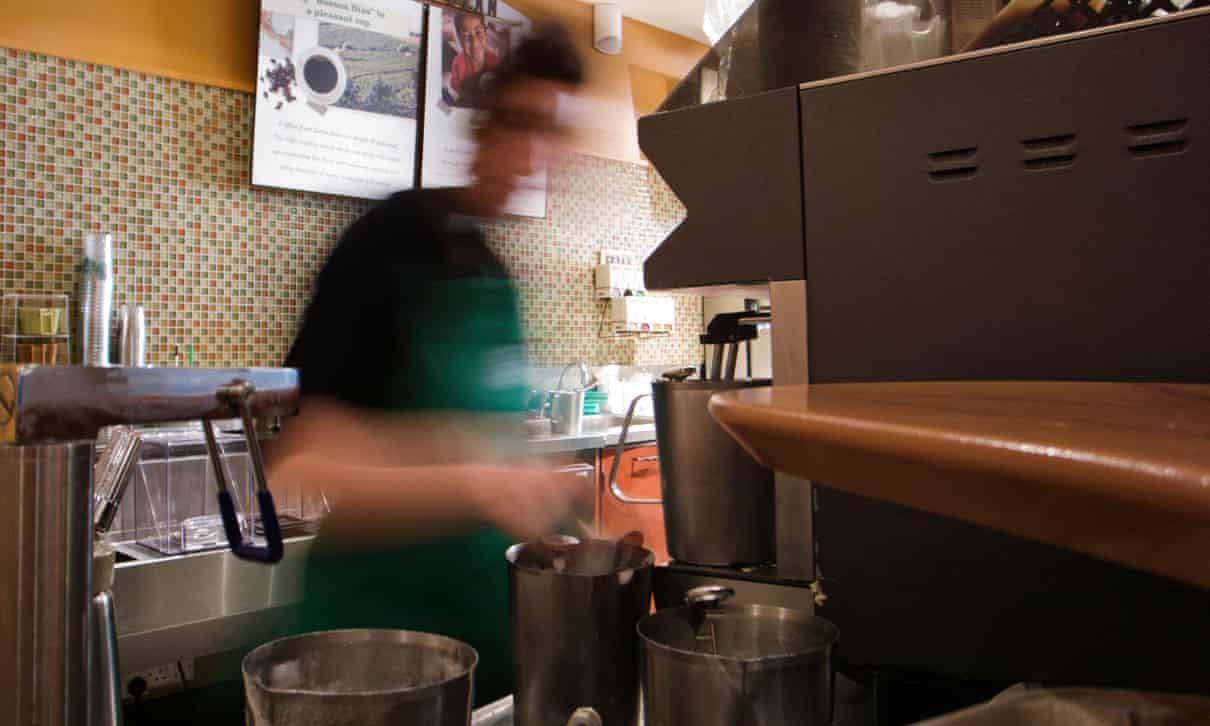
© RayArt Graphics/Alamy
Britain's labour market has been paralysed by the Covid-19 lockdown but you would never know it from government figures showing employment at a record high and the jobless rate below 4%.
Benjamin Disraeli was right on the money when he said there were three kinds of falsehoods - lies, damned lies, and statistics. Rarely has the former prime minister's dictum seemed more apposite.
The reason the official data paints such a benign picture is because
employment and unemployment rates are based on surveys conducted over a three-month period from January onwards, and the lockdown only came into force in the last nine days of March.
A more accurate - if still incomplete picture - is provided by the alternative method used by the Office for National Statistics to calculate unemployment:
the claimant count. This showed a rise of 856,000 to 2.1 million in April, the biggest monthly rise since modern records began in 1971.Traditionally, the claimant count is a measure of the number of people out of work and living on state benefits, but part of the government's response to the pandemic was to make unemployment-related benefits available to those who were still employed. The ONS says it doesn't know how many people fell into this category.
Another guide to unemployment is provided by wage data from HMRC, which shows that
the number of people on PAYE fell by 13,000 in March and a further 457,000 in April. This underestimates the size of the hit to the labour market because it includes Britain's 27 million-plus employees but not the country's 5 million self-employed.
Despite the difficulties in interpreting the official figures, certain conclusions can be drawn. The 20% drop in hours worked between the first and the last weeks of March provides an indication of the impact of the lockdown on activity and jobs.
The 170,000 drop in job vacancies in the three months to April suggests that those unfortunate enough to lose their jobs are going to struggle to find new ones.Clearly, all that's visible so far is the tip of the iceberg. The official figures will eventually catch up with what's happened to the economy and when they do the unemployment rate is going to rocket. Labour market experts are expecting the unemployment rate to at least double to 8% in the next few months.
The outlook would be even bleaker were it not for the government's furlough scheme. Without the wage subsidies covering 8m jobs, the UK would be on course for an unemployment rate of about 20%.
Crunch time for the labour market will come between the start of August, when the government wants employers to start paying a portion of wage subsidies, and the end of October, when the furlough scheme is due to end completely.
At present, many companies are not laying off staff because the Treasury is picking up the tab for 80% of monthly pay up to a limit of £2,500. If severe lockdown restrictions are still in place, Rishi Sunak will have a tough choice: extend the scheme or see the UK suffer a second wave of job losses. The pressure on the chancellor to at least keep furloughing for sectors most affected by social distancing - hospitality, leisure and retailing - will be considerable.

Reader Comments
to our Newsletter